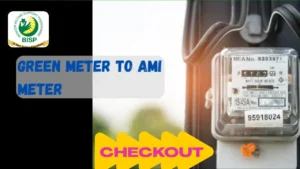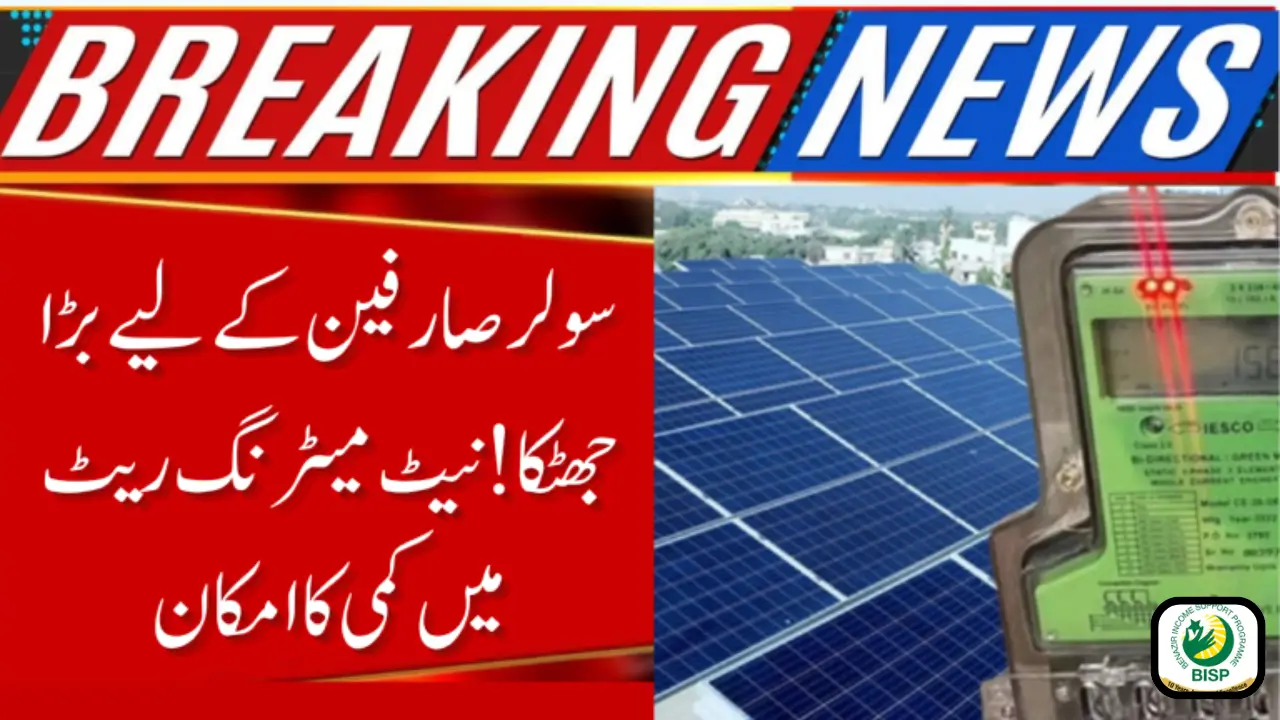NEPRA Solar Buyback Rate 2025 Latest Update and New Tariff Details
The NEPRA Solar Buyback Rate 2025 has been officially updated, providing new guidelines for homeowners and businesses with rooftop solar installations. This change reflects the government’s goal of balancing renewable energy growth with sustainable electricity pricing. For solar users, understanding these new rates is essential for evaluating investment viability and managing energy costs effectively.
The 2025 update primarily affects new solar connections while ensuring existing users under prior agreements retain their benefits until the end of their contracts. The revised policy also emphasizes self-consumption over exporting excess energy, helping to maintain fairness in the electricity system as solar adoption continues to rise.
 Also read
Also read
Understanding the New Buyback Rate
Under the NEPRA Solar Buyback Rate 2025, new solar users will receive a fixed compensation rate for surplus electricity exported to the national grid. Unlike previous variable rates, the new structure is uniform and predictable, giving homeowners and businesses a clearer picture of expected returns.
Existing users, however, will continue to enjoy their original buyback rates until their agreements expire. This transitional approach protects those who invested under earlier terms, while ensuring that new users adhere to the updated 2025 rates.
 Also read
Also read
Why the Tariff Change Was Introduced
The decision to revise the NEPRA Solar Buyback Rate 2025 stems from multiple factors:
- Rapid growth in solar adoption: A surge in rooftop installations is creating more exported energy than the system can economically support.
- Cost balance for all consumers: High buyback rates for solar exports were increasing the financial load on non-solar users.
- Technological advancements: Falling costs for solar panels reduce the need for high incentives to encourage adoption.
The new rate is designed to promote fairness, encourage self-consumption, and ensure the long-term sustainability of the electricity grid.
 Also read
Also read
How Billing and Export Works Now
The updated billing system under the NEPRA Solar Buyback Rate distinguishes clearly between exported and imported electricity:
- Exported energy: Compensated at the new buyback rate.
- Imported energy: Billed at standard electricity tariffs.
This change incentivizes households and businesses to maximize onsite energy use, rather than relying primarily on exporting surplus power to the grid.
Comparing Old and New Buyback Rates
| Feature | Previous Framework | NEPRA Solar Buyback Rate |
|---|---|---|
| Buyback rate for exported units | Variable, often higher | Fixed rate per kWh for new users |
| Applicability | All users under older contracts | Only new installations |
| Contract duration | Up to 7 years or more | Typically limited to 5 years |
| Billing of imported units | Offset against exported energy | Separate billing at standard tariff |
| Policy flexibility | Limited adjustments | NEPRA may revise periodically |
Impact on Homeowners
For homeowners, the NEPRA Solar Buyback Rate 2025 requires careful planning:
- Extended payback periods: Lower export compensation may lengthen ROI timelines.
- Emphasis on self-consumption: Systems should be designed to use most generated energy onsite.
- Contract timing considerations: Agreements signed under previous rates retain their higher benefits.
 Also read
Also read
Implications for Commercial Solar Installers
Commercial installations also need to adapt:
- Focus on energy storage to maximize on-site usage.
- Optimize system size to balance consumption and exports.
- Update financial projections to reflect the 2025 buyback rate.
Calculating Returns Under the New Rate
Evaluating ROI under the NEPRA Solar Buyback Rate requires careful consideration:
- Consumption patterns: Higher self-consumption increases savings.
- Export potential: Estimate realistic energy exports to the grid.
- Installation costs: Factor in incentives or rebates that reduce upfront expenditure.
Proper calculations ensure solar systems remain profitable despite lower export rates.
 Also read
Also read
Transition Measures for Existing Users
NEPRA has included safeguards to protect current users:
- Existing net-metering agreements remain valid until expiration.
- Previous buyback rates continue for existing contracts.
- Any new additions to systems installed by current users will follow the 2025 buyback rate.
This ensures minimal disruption while aligning future installations with the new policy.
Conclusion
The NEPRA Solar Buyback Rate 2025 highlights the need for strategic planning in solar energy adoption. Homeowners and businesses should prioritize self-consumption, plan system sizes carefully, and adjust financial projections to account for the new rate. While the lower export compensation poses a challenge, smart planning and efficient energy use can still make solar investments worthwhile.
By staying informed and proactive, solar users can optimize savings, support sustainable energy goals, and navigate the updated 2025 buyback framework with confidence.
 Also read
Also read







